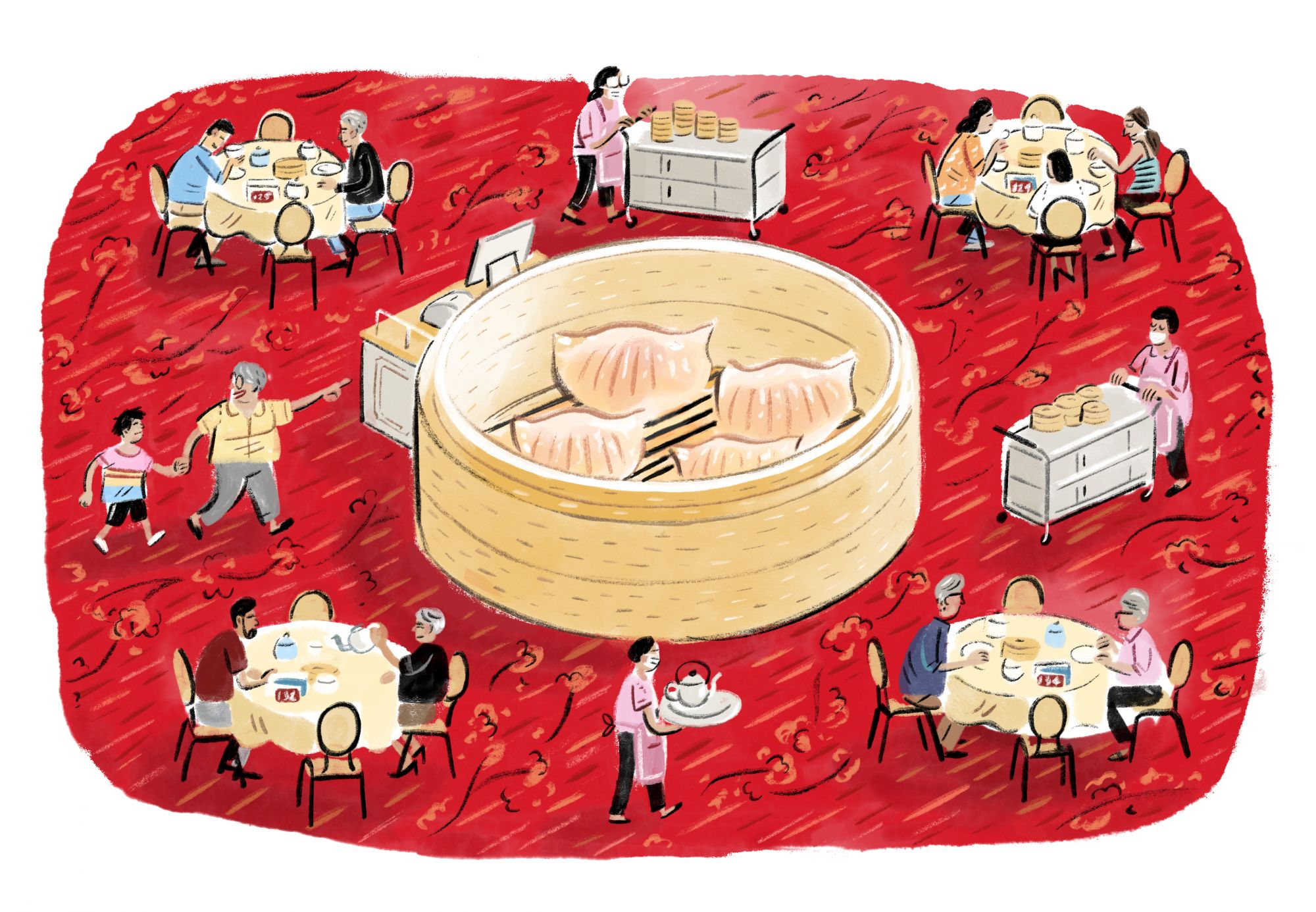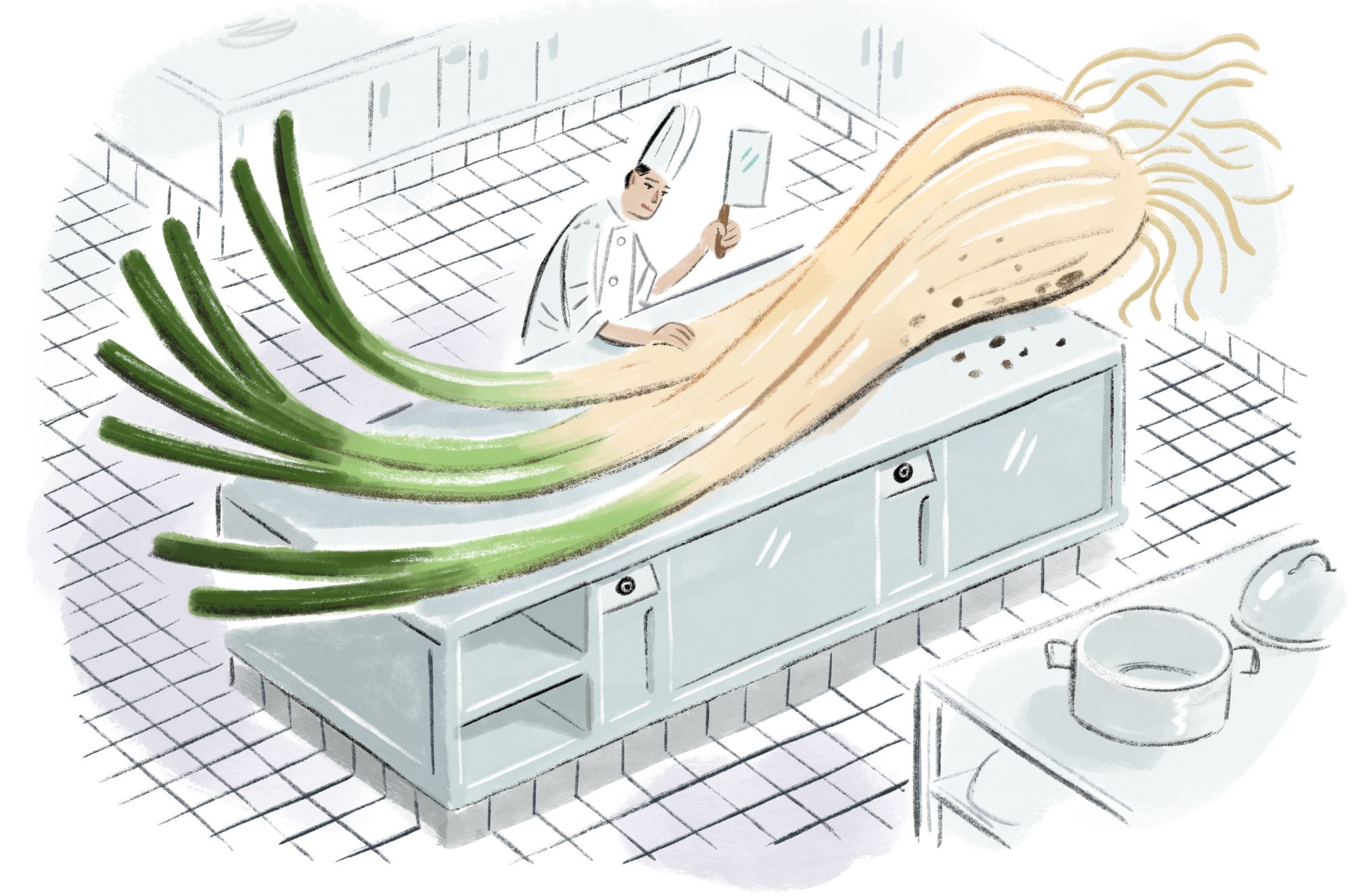The executive chef of Chinese cuisine at The Peninsula's signature Cantonese restaurant reminisces about his treasured culinary memories
As part of our series celebrating the vibrancy and community within Hong Kong’s dining scene, we spoke to several of the industry’s leading lights about why they love the city’s unique food culture. Here, Lam Yuk Ming—Chinese cuisine executive chef at Spring Moon, The Peninsula Hong Kong’s renowned Cantonese restaurant—reminisces about his first experience of yum cha and why his last meal in Hong Kong would be at a dai pai dong.
Tell us about some of your favourite Hong Kong food memories.
I had my first yum cha experience when I was eight years old—my mom brought me to a local Chinese teahouse and I tried my very first taste of har gow (shrimp dumplings), siu mai (steamed pork and shrimp dumplings) and fun guo (pork and shrimp dumplings) in soup. I was fascinated by the environment and the food—servers walking around with pushcarts loaded with a variety of dim sum in bamboo steamers, the décor of the restaurant, the crowd, and the buzzing noise of people gossiping and chatting.
Another unforgettable experience was when I tried some Shanghai-style pan-fried pork buns from a tiny family-owned food stall, located in an invisible alley in Tsuen Wan; those pan-fried pork buns are probably among the best I’ve ever had! Small shops in Hong Kong [like that] never cease to amaze me with their wonderful homemade recipes—a representation of the story and taste behind the whole family who founded the stall.

Another of my favourite restaurants was Lung Moon Restaurant in Wan Chai; formerly known as Lung Fung Teahouse, it first opened in 1948 and unfortunately closed in 2009. They used to serve amazing pork belly buns, with a chunk of fatty pork belly wrapped in a bun roll. Although it was quite heavy, it always remained my guilty pleasure—the classic Cantonese cuisine there was amazing.
See also: 6 Heritage Venues To Enjoy Dim Sum In Hong Kong
More recently, there’s a shop in Kowloon City called 潮發白米雜貨 that I always visit, as they sell a combination of local Chiu Chow products, and organic fruit and vegetables; Chiu Chow dried seafood, such as dried shrimp, has a slight difference in taste, with a distinct fragrance. Every time I go there, I feel like I’m visiting a friend—the owner and I always talk about how our kids are, their schoolwork, their exams… it feels great having someone who understands exactly what you’re going through as a father.
What are some of your favourite local ingredients to use?
I always regard the leaves of baker’s garlic (蕎頭, also known as Chinese scallion) as a hidden gem, as people usually make pickles with the bulbs, but seldom use the leaves in dishes. You can stir-fry the leaves with preserved pork and dried shrimp; baker’s garlic has a milder flavour than scallions, and the leaves are milder than the bulb, meaning it works miracles at balancing the richness of the preserved pork with the savoury notes of the dried shrimp. It’s also one of my ten-year-old daughter’s and three-year-old son’s favourite dishes!

